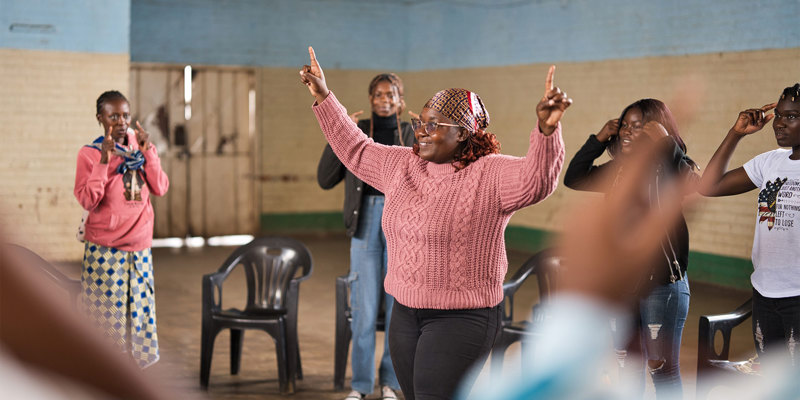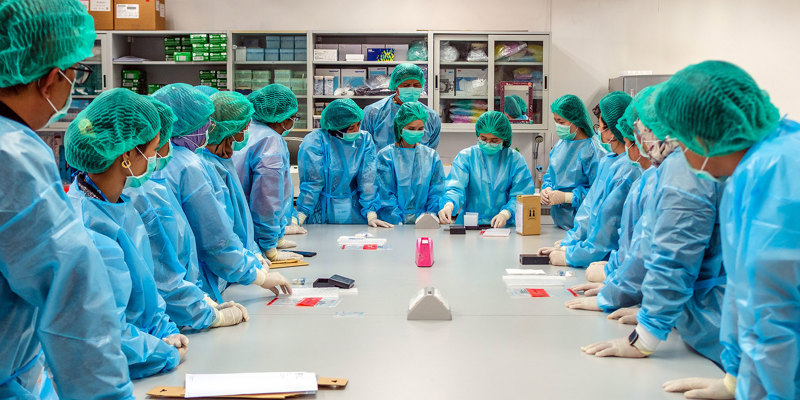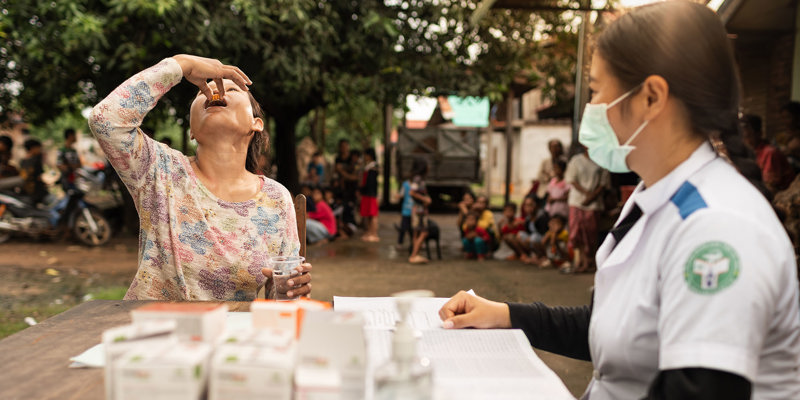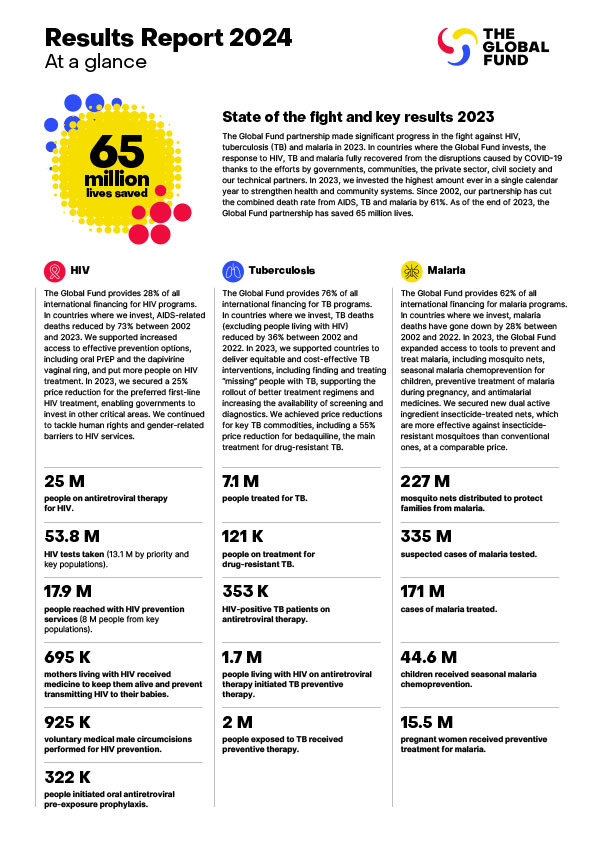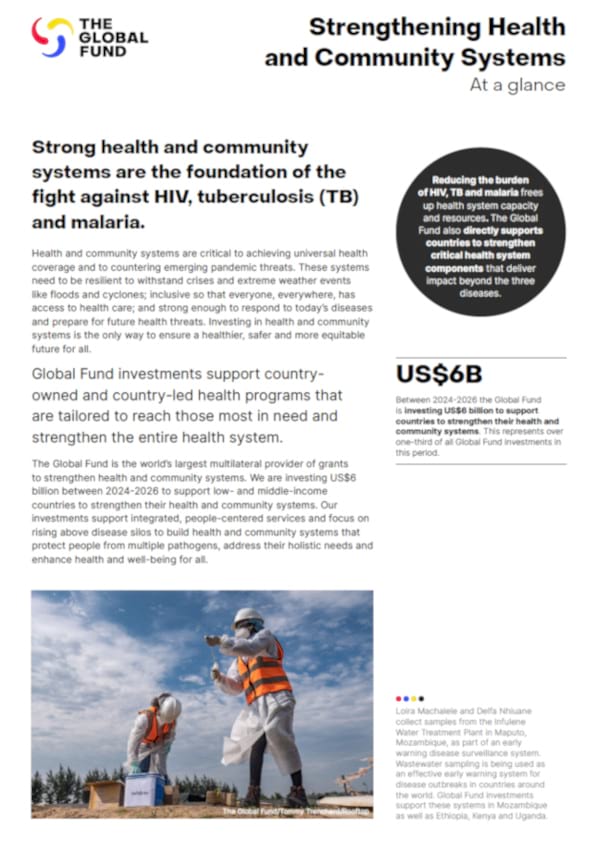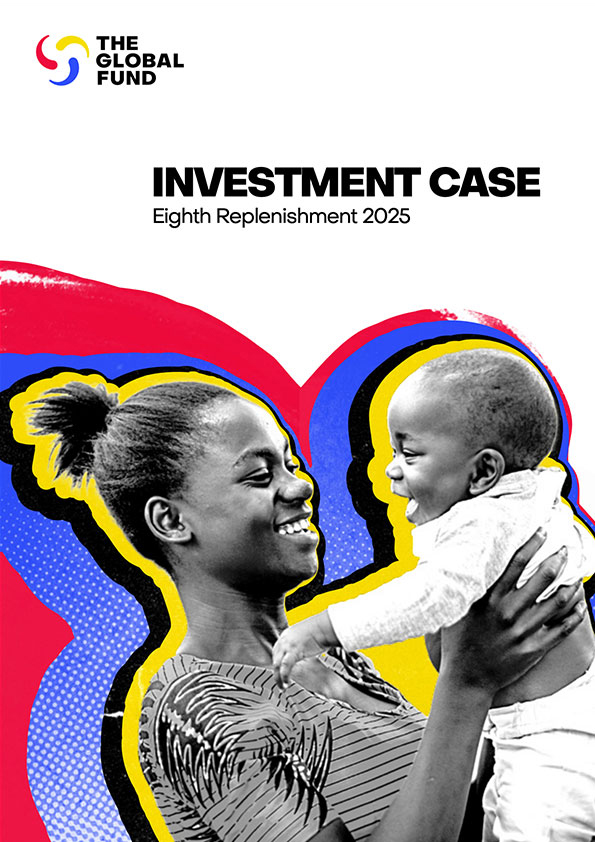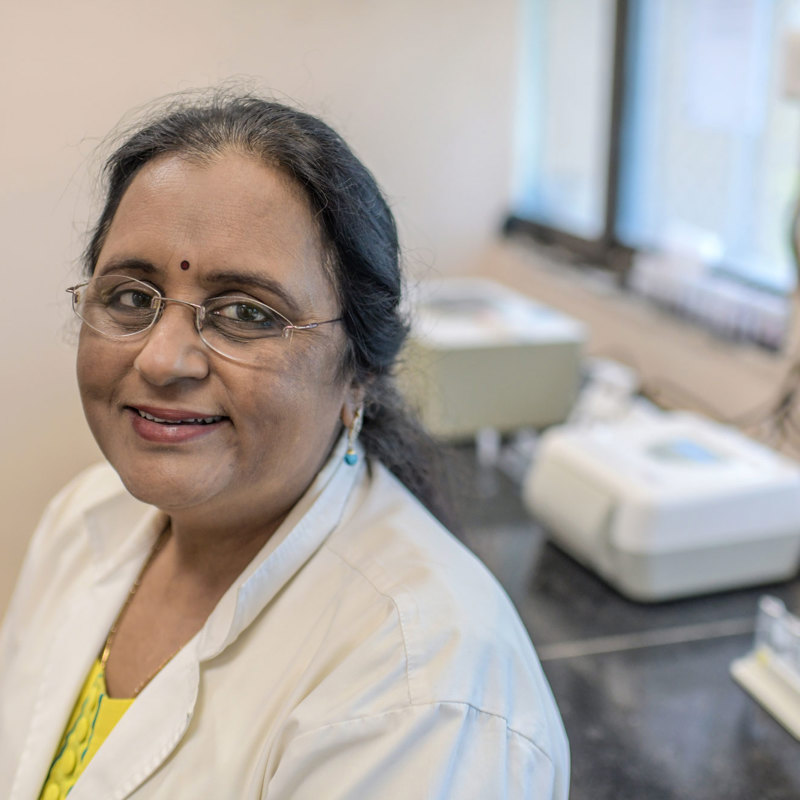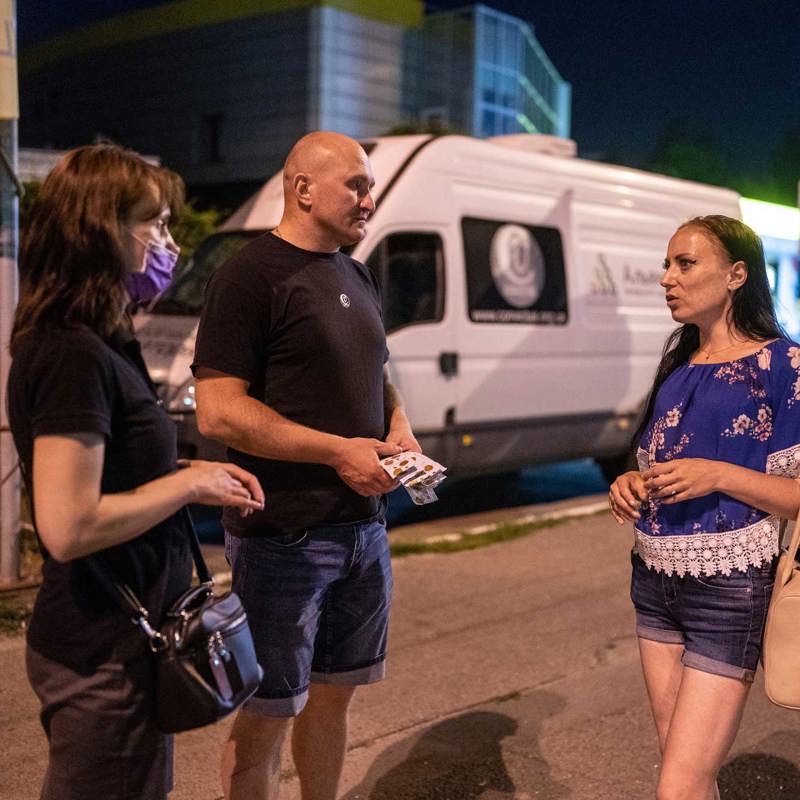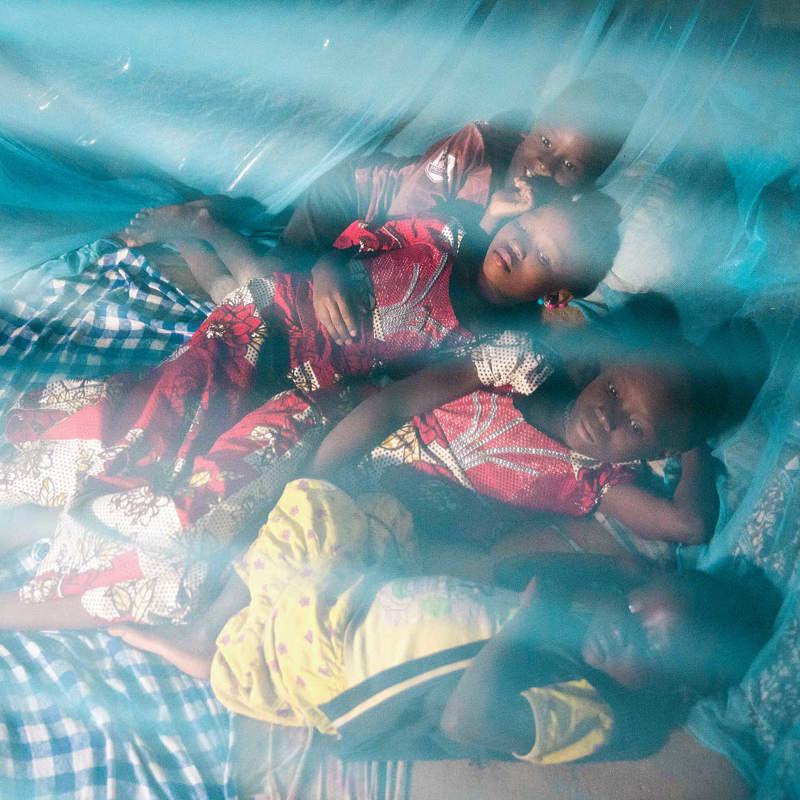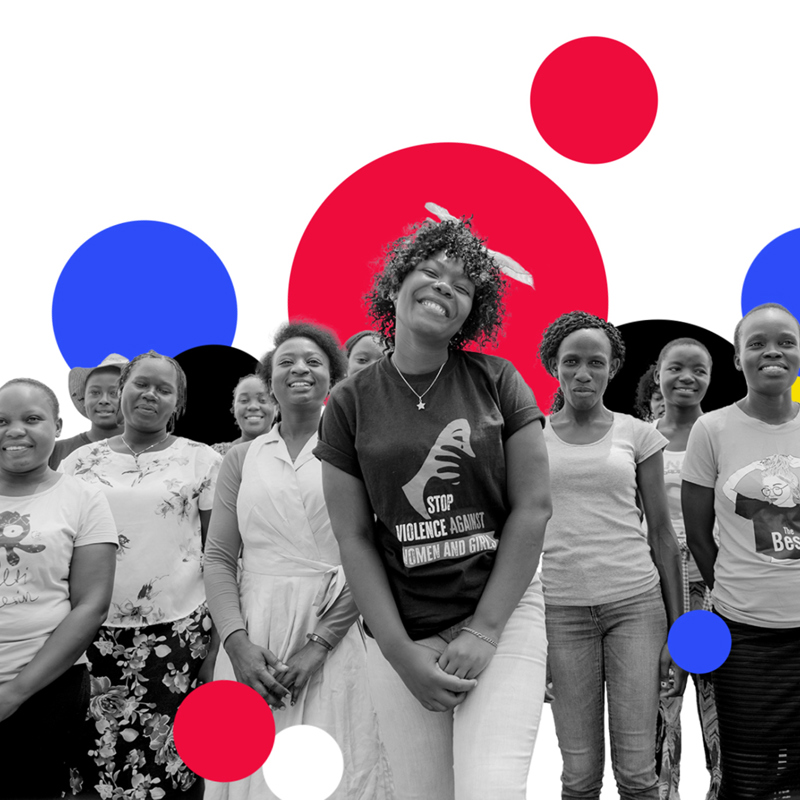Over the past two decades, our unique partnership has invested more than US$65 billion, saving 65 million lives and reducing the combined death rate from HIV, tuberculosis (TB) and malaria by more than half in the countries where we invest.
For the Seventh Replenishment, the Global Fund needs at least US$18 billion. This is the minimum required to get the world back on track toward ending HIV, TB and malaria, to build resilient and sustainable systems for health and strengthen pandemic preparedness, making the world more equitable and safer from future threats.
The stakes could not be higher. The last two years have been a vivid demonstration of how old and new pandemics interact. COVID-19 has been a catastrophe for those most affected by HIV, TB and malaria. If we do not meet our new investment target, many more people will die from these pandemics and be at risk from future health threats.
These funds are needed to change the trajectories of mortality and incidence toward achieving the SDG 3 target of ending AIDS, TB and malaria as epidemics by 2030, build stronger and more resilient health systems and strengthen capacities to prevent and prepare for future pandemics. By taking an integrated approach to the pursuit of these complementary objectives, we can maximize the impact of every dollar.
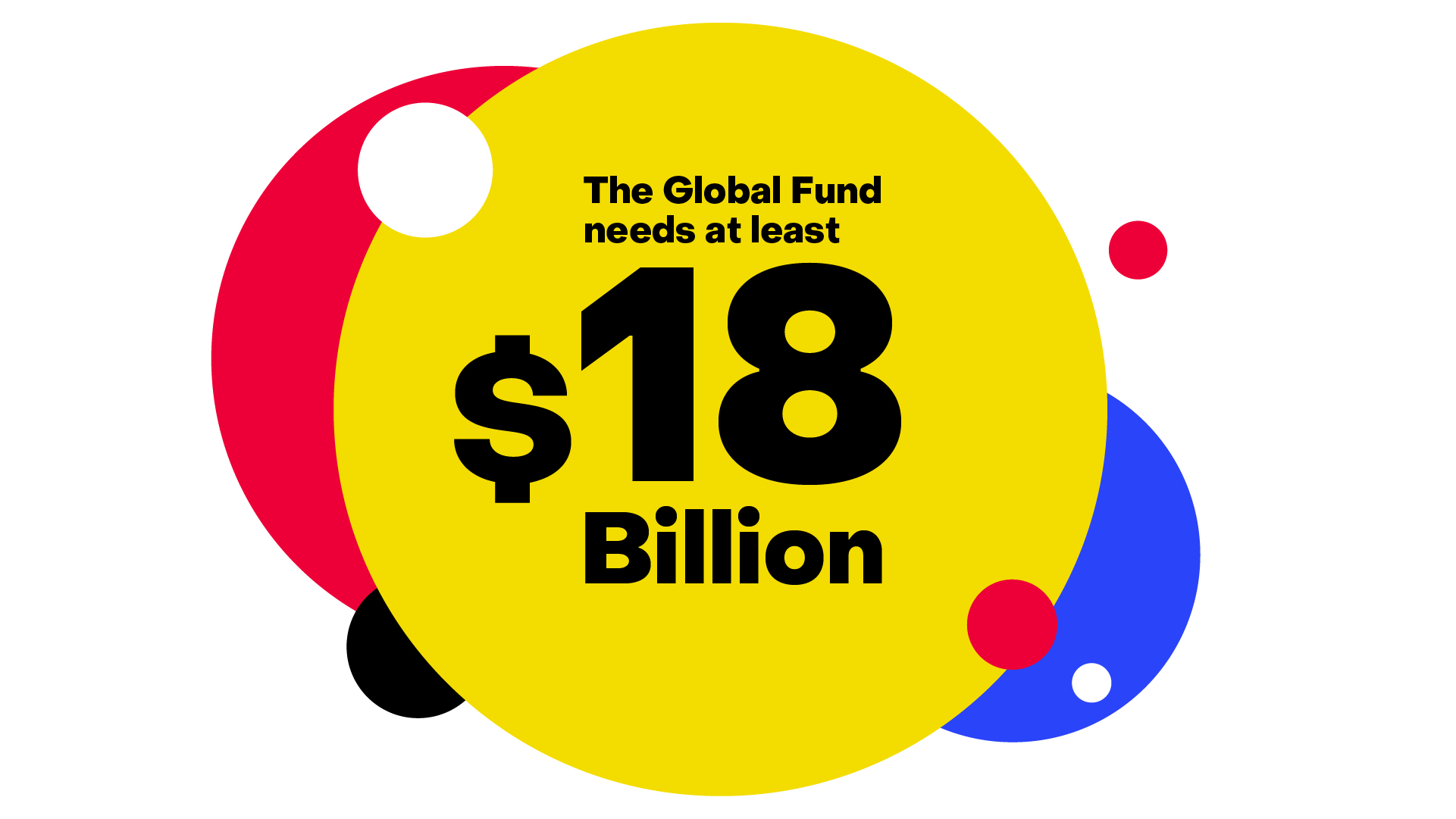
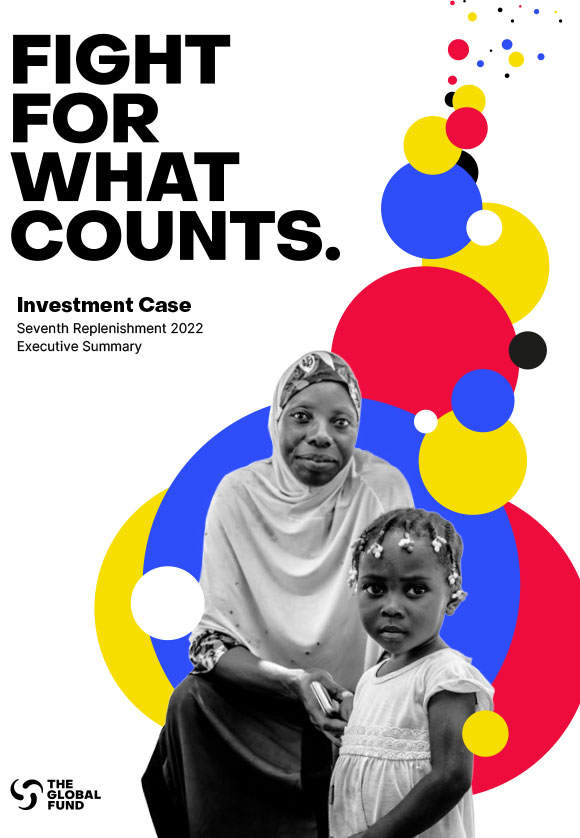
Our investment case lays out how we plan to fight for what counts and protect everyone, everywhere from the deadliest infectious diseases and build a healthier, more equitable world.
Seventh Replenishment Investment Case
download in English | Français
Read the Executive Summary
download in عربي | Deutsch | English | Español | Français | Italiano | 日本語 | 한국어 | Русский
Seventh Replenishment Investment Case At a Glance
download in عربي | Deutsch | English | Español | Français | Русский
Overall Resource Needs and Projected Available Resources for HIV, TB and Malaria in Countries Where the Global Fund Invests
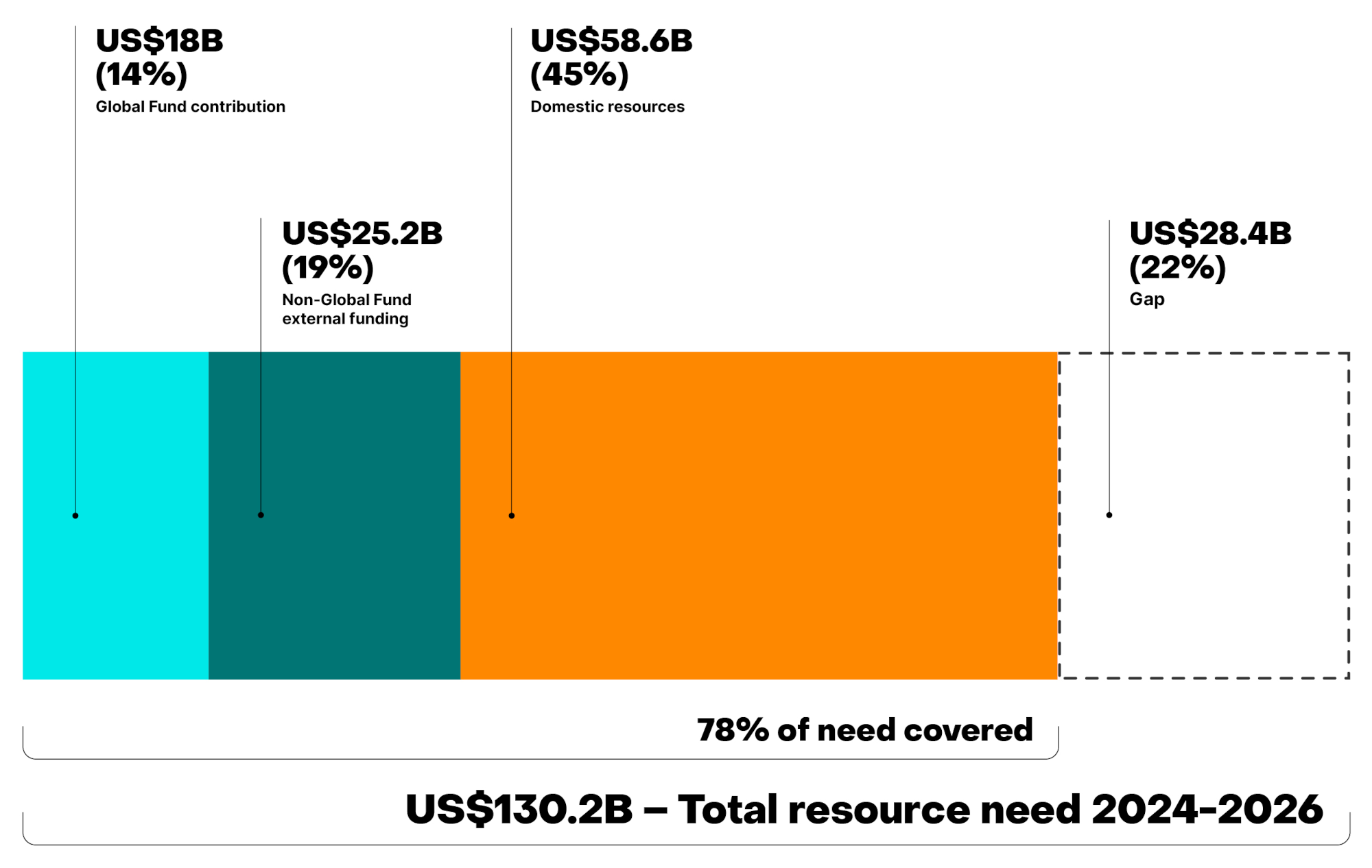
Securing at least US$18 billion for the Global Fund would:
Help get the world back on track to end AIDS, TB and malaria:
- Save 20 million lives
- Reduce the death toll across the three diseases
- Avert more than 450 million infections or cases
Accelerate progress toward SDG 3 and universal health coverage and strengthen pandemic preparedness:
- Catalyze scale-up of domestic investments of up to US$59 billion
- Reinforce systems for health and pandemic preparedness
- Yield a return on investment of 1:31
- Reduce inequities in health services
Getting back on track against HIV, TB and malaria is essential. Even before COVID-19, we were off track compared to the trajectories for reductions in infections and deaths prescribed by the Global Plans for HIV, TB and malaria.
Taking a smarter, less siloed and more integrated approach to fighting HIV, TB and malaria, combating COVID-19 and building pandemic preparedness will enable us to address all three challenges on a highly efficient, marginal cost basis. By supplementing disease-specific investments with increased investments in surge capacity and multipathogen capabilities, we can simultaneously deliver immediate benefits to countries and communities in terms of lives saved and infections averted, and strengthen the ability of health systems to prevent, detect and respond to future threats.
How US$18 Billion Supports HIV, TB and Malaria Programs and Strengthens Health Systems for Resilience, Sustainability and Pandemic Preparedness
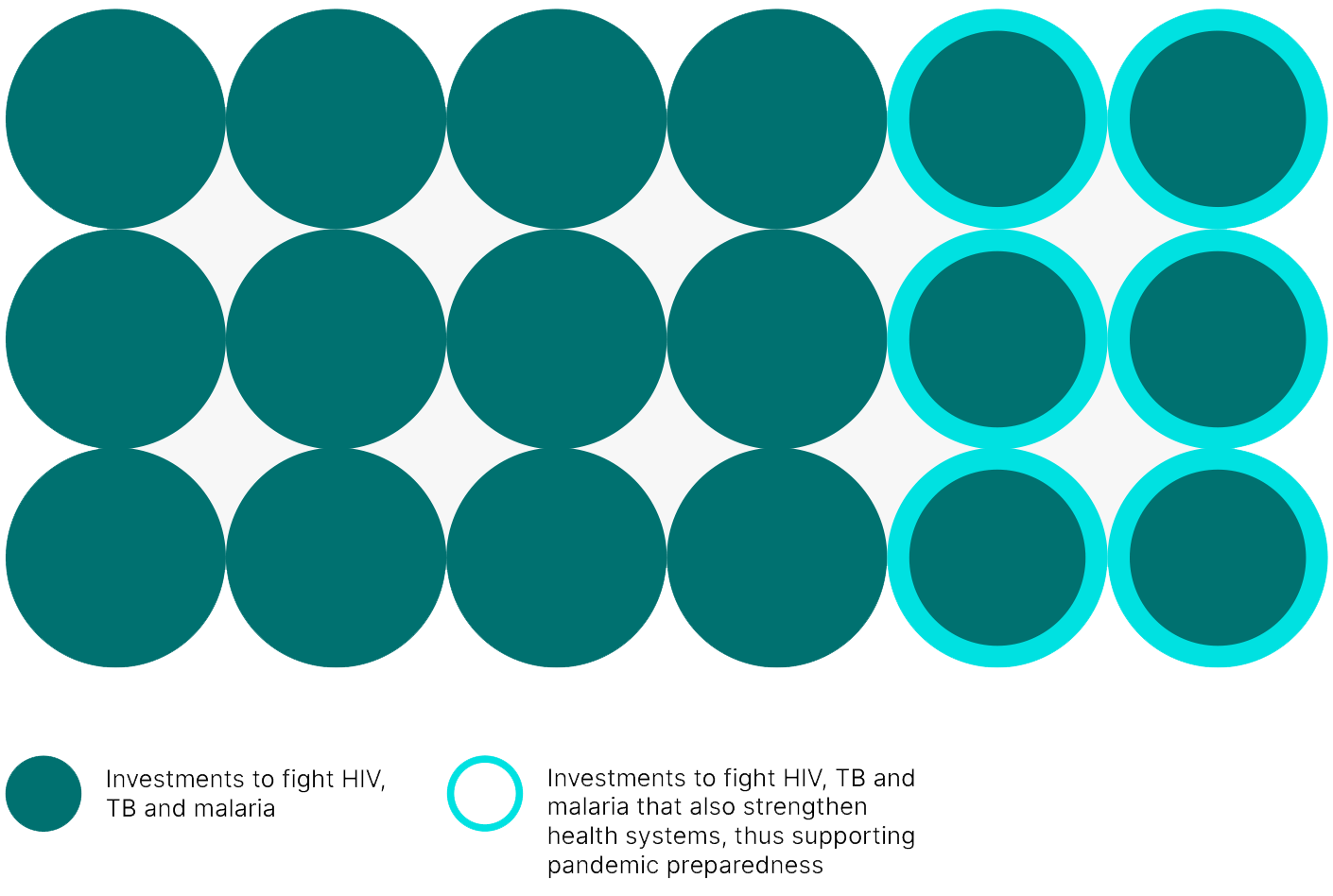
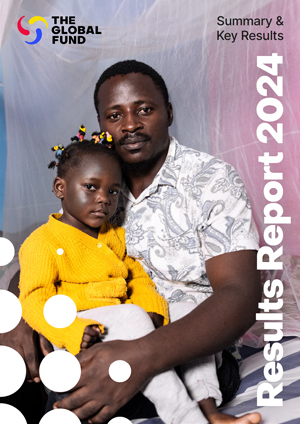
The results we have achieved in 2023 build on an extraordinary record of progress: Since 2002, our partnership has cut the combined death rate from AIDS, TB and malaria by 61%. In 2023, we reached a new milestone on our journey to end HIV, TB and malaria as public health threats: We put more people on antiretroviral treatment for HIV than ever before, we found and put on treatment more people with TB than ever before, and we distributed a record number of mosquito nets to prevent malaria.
Fight for What Counts: People and Impact
We have faced impossible odds before, and we can do it again. When the Global Fund was created 20 years ago, HIV, TB and malaria seemed unbeatable. But we have proven that with science, adequate resources and effective global collaboration, we can force even the deadliest diseases into retreat.
Every US$100 million invested through the Global Fund to support HIV, TB and malaria programs will:
Save 113,000 lives through programs supported by the Global Fund, and;
Avert 2.5 million new infections or cases across the three diseases, and;
Create US$2.9 billion in economic returns through health gains, and;
Provide antiretroviral therapy for 156,000 people, and;
Provide medicine for 15,000 mothers to prevent transmitting HIV to their babies, and;
Provide HIV counselling and testing for 4.3 million people, and;
Reach 259,000 members of key population with prevention programs, and;
Provide TB treatment and care for 98,000 people, and;
Screen 1.8 million people for TB, and;
Provide 3,700 people with treatment for multidrug-resistant TB, and;
Provide antiretroviral therapy for 4,900 HIV-positive TB patients, and;
Distribute 7.6 million mosquito nets to protect children and families from malaria, and;
Provide 40,000 seasonal malaria chemoprevention to protect children and families from malaria, and;
Provide malaria treatment and care for 1.6 million people.
Estimates are derived from the modelling conducted to estimate impact of the Global Fund 2023-2025 Investment Case. To estimate the results of a given financial contribution to the Global Fund, first the current upfront disease split in the Global Fund allocation model is assumed, then results are derived by assuming a linear relationship between funding and results. An overhead count of 5% is deducted from the amount.
The Global Fund supports a range of interventions recommended by technical partners, which go beyond those presented in the results of this calculator.
The results reflect contributions of Global Fund investments to national programs and their results. The Global Fund strongly advises that, in using the numbers, it is important to clarify that these results are achieved together with partners.
